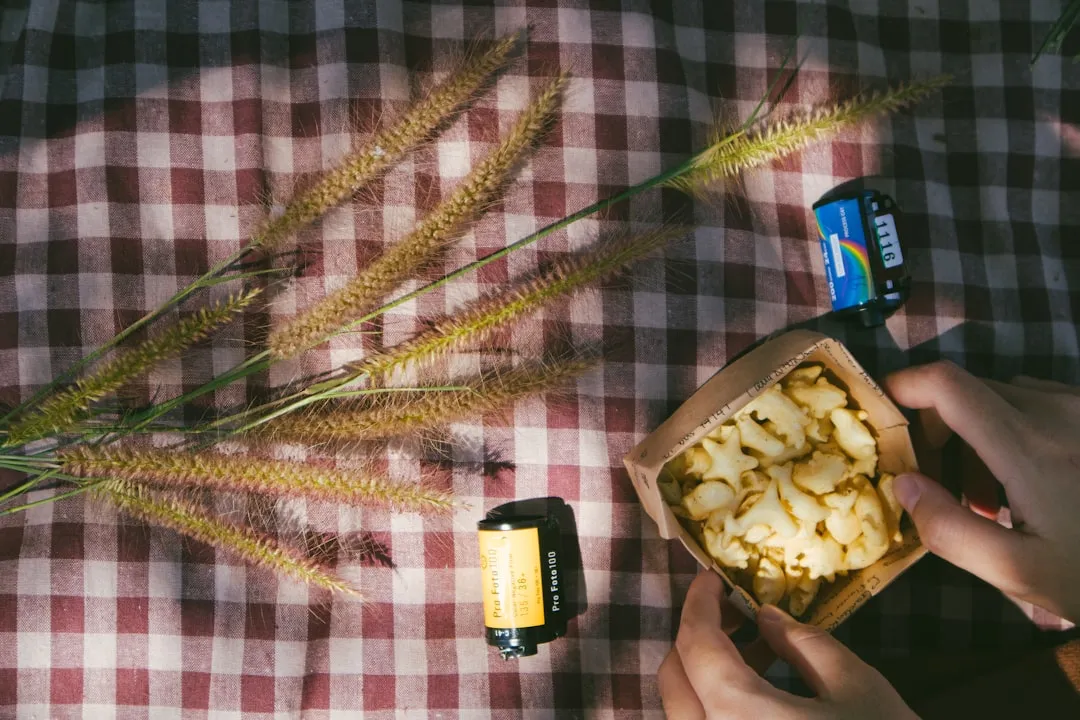If there's one thing that gets used far too frequently in the modern kitchen, it's the trash can. Home cooks everywhere waste enormous amounts of food by throwing it away before it's actually ready to be tossed.

So much waste... so depressing.
One way to lessen the amount of food that goes in the trash is to be better about eating food before it goes bad, which is common sense. Another way is to be resourceful and repurpose food items that you wouldn't think to use. Doing so is not only clever, it's also environmentally friendly and budget-friendly.
These are some fridge staples that I never send straight to the trash bin, even though most do; I advocate that you try using them as well.
1. Butter Wrappers
When baking treats, you usually need to grease the baking sheet, muffin tins, or cake pan. And using butter is preferable to oil because it adds flavor and richness. But trying to spread butter in muffin tins and cake pans tends to be a messy affair that results in... well, butterfingers.
You can circumvent this inconvenience by saving your butter wrappers when you finish a stick of butter. The wrappers only contain a small amount of butter, but it's more than enough to grease your baking implements. You can rub the wrapper directly on the area that needs to be greased; this not only gets the job done, but keeps your hands clean.

The next time you finish a stick of butter, put the wrapper in a plastic bag and place it in the freezer until you're ready to make cupcakes!
2. Veggie Ends
When you use fresh produce, there are always cores and ends that can't be used. These bits and pieces almost always find their way to the trash can. But the tops and tails of veggies freeze remarkably well, and are the perfect base for nearly any soup or stock.
Don't worry about avoiding the roots and the skins: I keep all of my onion tops and roots in a bag with the bases of carrots, the stems of herbs, and the skins of garlic. Then, when I'm making stock—be it veggie or meat—I add the vegetable scraps, which provide just as much flavor as the main parts of the produce.

Not only are you reusing perfectly good food, you're also saving money; making broth at home is much more cost-effective than buying it at the store.
3. Bones & Carcasses
There is no better meat broth, stock, or soup base than one made with bones. I like to buy whole chickens (as they offer a better bang for your buck), then use the leftover carcasses for making chicken soup.
Even if you cook your chicken with its bones, you can still make a delightful broth with the cooked bones and whatever bits of meat are left on them. This also holds true for beef bones. The most convenient part of reusing bones is that they can be kept in the freezer until you're ready to use them.

And the List Goes On...
Those are just three often-trashed food bits that I always hang on to. I think it's smart, economical, and fun to always think about food items before throwing them away; you never know what brilliant uses you might come up with.
Other items you should never throw away include juiced lemons, lemon peels, shellfish shells, bacon fat, stale bagels, woody rosemary stalks, potato skins, wilted greens, plastic bottles, celery leaves, eggshells, stale cereal, chicken fat, Pringles cans, blood, coffee grounds, and more.
What are other items in the kitchen that you hold onto and reuse instead of throwing away? Share your helpful recycling tips in the comments below.
Photos by Brady Klopfer/Food Hacks (unless otherwise noted); cover image via Shutterstock

























Comments
Be the first, drop a comment!